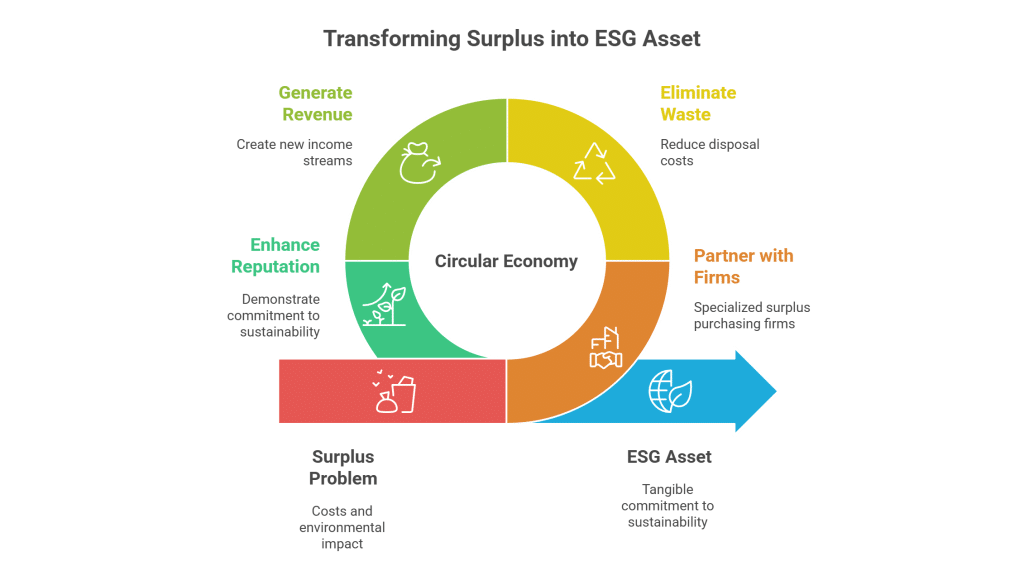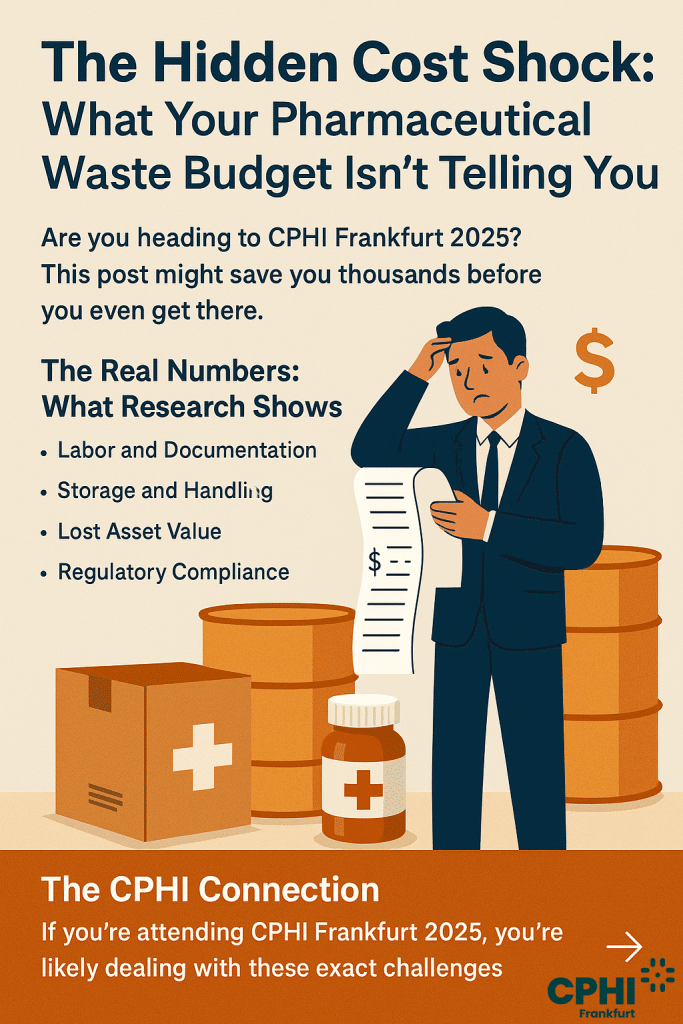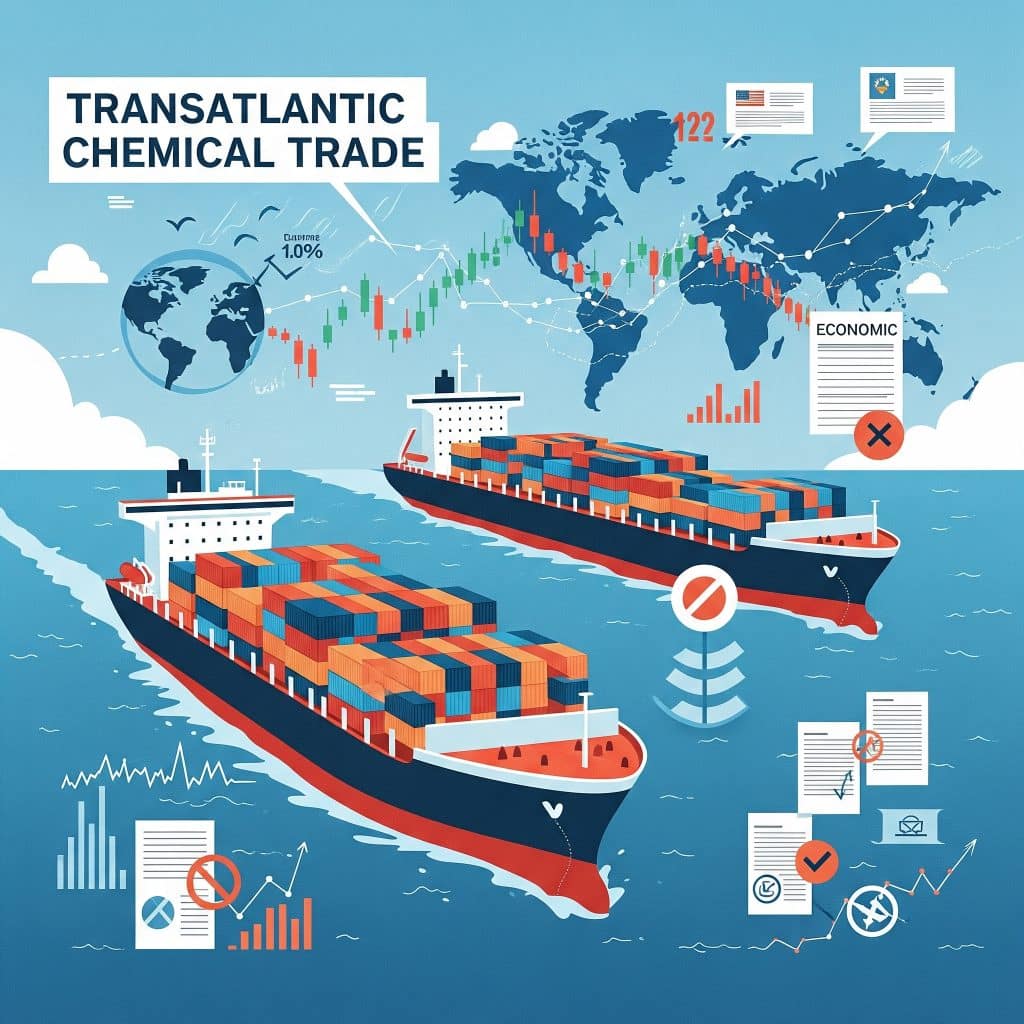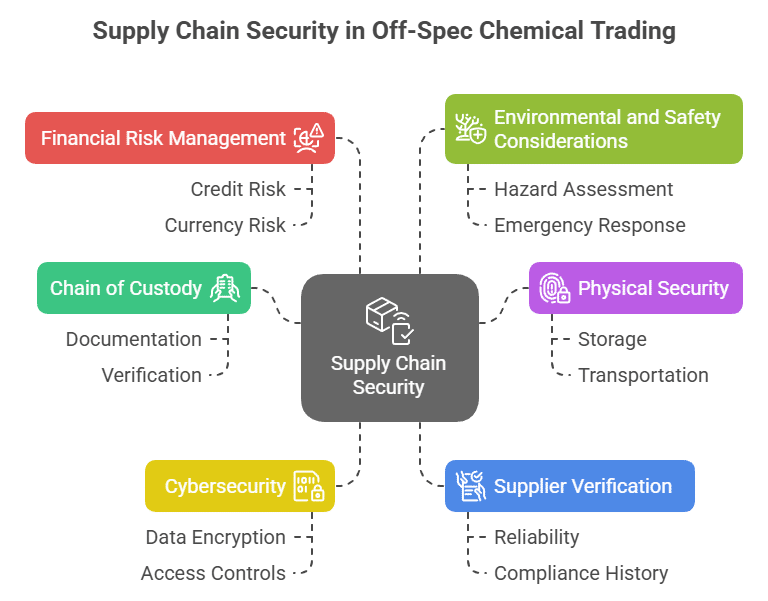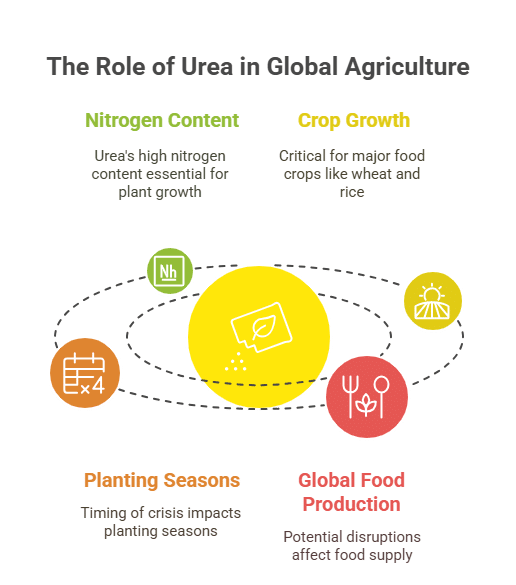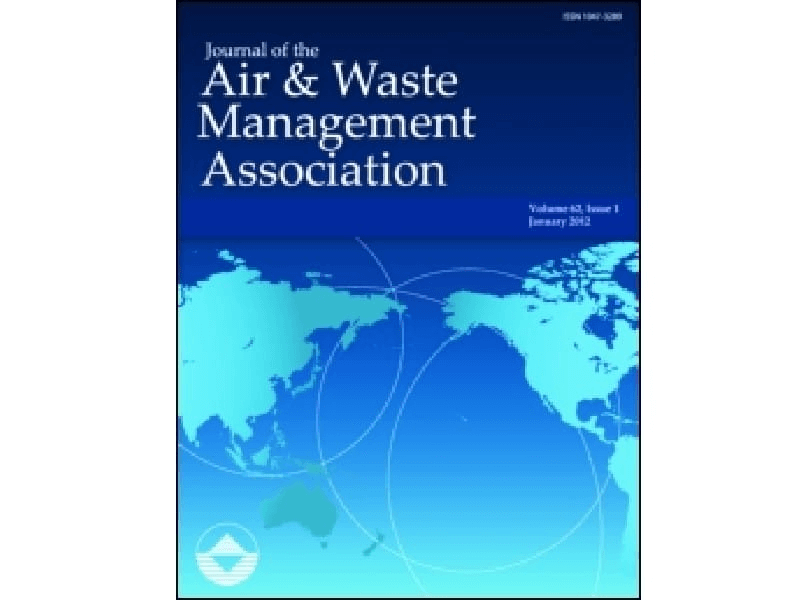Revitalize Your Inventory with Methyl Cellulose in Food, Pharma, and Industrial Applications
Methyl Cellulose is a versatile specialty chemical renowned for its unique properties as a thickener, emulsifier, and stabilizer. It finds extensive application in food processing, pharmaceutical formulations, and various industrial products. When held as surplus inventory, this compound not only represents unused potential but also an opportunity to convert excess stock into tangible financial benefits. Its high purity and reliable performance make it a desirable asset in several high-standard sectors.
Methyl Cellulose Surplus Solutions for Food, Pharma, and Industrial Sectors
Trading surplus methyl cellulose offers significant advantages to both buyers and sellers. For sellers, it transforms excess chemicals into a revenue stream, freeing up valuable storage space, cutting down on disposal costs, and meeting sustainability targets by reducing waste. Buyers benefit from cost-effective sourcing of a quality material, backed by strong industry certifications and regulatory compliance. Companies can avoid expensive disposal fees and potential regulatory penalties while turning unwanted inventory into profit. This competitive edge in surplus trading is not just about cost recovery – it’s about fostering eco-friendly practices and operational efficiency.
Methyl Cellulose Trading Guide
Complete Resource for Chemical Sellers & Buyers
Product Overview
Methyl cellulose is a versatile specialty chemical renowned for its unique properties as a thickener, emulsifier, and stabilizer. With a global market valuation exceeding $1.9 billion in 2024 and projected growth to $3.45 billion by 2057, methyl cellulose represents significant opportunities for both surplus inventory sellers and cost-conscious buyers.
Chemical Properties
CAS Number: 9004-67-5
Molecular Formula: C20H38O11
Molecular Weight: 454.5 g/mol
Appearance: White to off-white powder
Quality Specifications
Methoxy Content: 27.5-31.5%
Viscosity Range: 4,000-70,000 mPa·s
pH Range: 5.0-8.0
Moisture Content: ≤5.0%
Storage & Stability
Shelf Life: 3-5 years
Storage Temperature: Below 25°C
Humidity: Below 65% RH
Packaging: 25kg bags, 500kg bulk bags
Market Pricing & Grades
Methyl cellulose pricing varies significantly based on grade classification, quality specifications, and market conditions. Understanding these price differentials is crucial for effective trading strategies.
| Grade Classification | Price Range (USD/MT) | Key Applications | Premium vs Technical |
|---|---|---|---|
| Technical Grade | $3,200 - $4,800 | Construction, Paints, Industrial | Base Price |
| Food Grade (FCC) | $4,000 - $6,000 | Food Additives, Bakery | +25-35% |
| Pharmaceutical (USP) | $5,500 - $8,500 | Drug Excipients, Tablets | +40-60% |
Applications & Industry Demand
Construction (35%)
Cement mortars, tile adhesives, gypsum products, and EIFS systems. Provides water retention and workability enhancement.
Pharmaceutical (25%)
Tablet binders, controlled-release matrices, ophthalmic solutions, and topical preparations.
Food Industry (20%)
Gluten-free baking, plant-based alternatives, sauces, and low-fat products as thickener and stabilizer.
Industrial (20%)
Paints and coatings, adhesives, personal care products, and specialty chemical applications.
Frequently Asked Questions
Current market pricing ranges from $3,200-4,800 per metric ton for technical grades, $4,000-6,000 for food grades, and $5,500-8,500 for pharmaceutical grades.
Ready to Start Trading?
Methyl Cellulose in Food, Pharma, and Industrial Sectors
For buyers, acquiring surplus methyl cellulose means access to a cost-effective, high-quality material that has consistently passed rigorous industry standards. It supports streamlined procurement processes by shortening lead times and offers an excellent alternative to new inventory purchases. Environmental credentials associated with this surplus material further enhance its appeal, ensuring that purchasing practices contribute to a sustainable supply chain.
Sellers can unlock additional revenue from surplus methyl cellulose by converting idle inventory into profit. This process also alleviates cumbersome storage and disposal challenges while promoting environmental responsibility. The circular economy benefits significantly when companies repurpose excess chemicals, aiding in waste reduction and compliance with increasingly strict environmental regulations.
Table of Contents
Successful Surplus Trade: Optimizing Inventory and Boosting Sustainability
A leading food and pharmaceutical manufacturer recently faced challenges with overstocked methyl cellulose, which was taking up valuable storage space and incurring disposal costs. By leveraging a surplus trading platform, the company successfully converted this idle inventory into a profitable asset. They not only recovered a significant portion of their investment but also enhanced their sustainability profile by minimizing waste. The surplus methyl cellulose was purchased by a well-known industrial firm, which integrated it into its production process, thus contributing to a circular economy. This win-win scenario highlights the tangible benefits of surplus chemical trading, enabling both sellers and buyers to achieve cost efficiency, operational agility, and environmental compliance.




